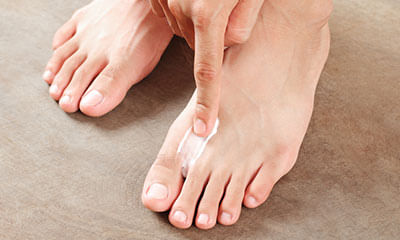Clubfoot: Complications You Need To Know
The cause of clubfoot is unknown (idiopathic), but it may be a combination of genetics and environment.
Risk factors include:
Family history. If either of the parents or their other children have had clubfoot, the baby is more likely to have it as well. Congenital conditions. In some cases, clubfoot can be associated with other abnormalities of the skeleton that are present at birth (congenital), such as spina bifida, a serious birth defect that occurs when the tissue surrounding the developing spinal cord of a fetus doesn't close properly. Environment. If a woman with a family history of clubfoot smokes during pregnancy, her baby's risk of the condition may be double that of nonsmokers. Also, getting an infection or using recreational drugs during pregnancy can increase the risk of clubfoot. Not enough amniotic fluid during pregnancy. Too little of the fluid that surrounds the baby in the womb may increase the risk of clubfoot.
Complications
Clubfoot typically doesn't cause any problems until your child starts to stand and walk. If the clubfoot is treated, your child will most likely walk fairly normally. He or she may have some difficulty with:
Movement. Mobility may be slightly limited. Shoe size. The affected foot may be up to 1 1/2 shoe sizes smaller than the unaffected foot. Calf size. The muscles of the calf on the affected side may always be smaller than the other side.
However, if not treated, clubfoot causes more-serious problems. These can include:
- Arthritis: Your child is likely to develop arthritis.
- Poor self-image: The unusual appearance of the foot may make your child's body image a concern during the teen years.
- Inability to walk normally: The twist of the ankle may not allow your child to walk on the sole of the foot.
To compensate, he or she may walk on the ball of the foot, the outside of the foot or even the top of the foot in severe cases. Problems stemming from walking adjustments. Walking adjustments may prevent natural growth of the calf muscles, cause large sores or calluses on the foot, and result in an awkward gait.



+1.svg)
